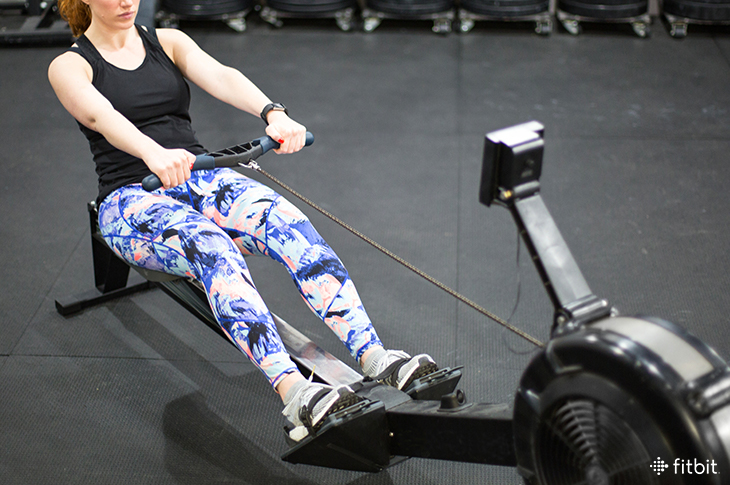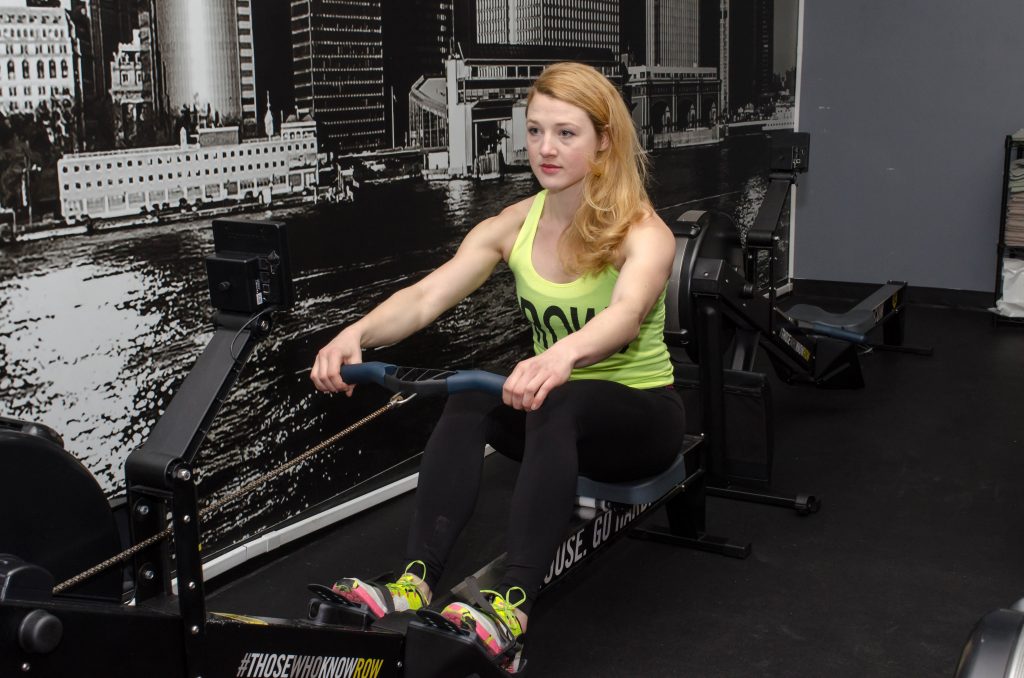
If you’re looking to change up your workout routine—whether it’s because you’re bored of the elliptical, an injury is preventing you from running, or you just want to try something new—consider indoor rowing. “Rowing is transformative, plain and simple,” says Eric Von Froehlich, founder and coach at Row House in New York City. “With each stroke you take, you’re working multiple muscles while also raising your heart rate.”
The Benefits of Rowing
Rowing is a low-impact, full-body, cardio and strength-training workout. “The misconception about rowing is that it’s an upper body workout, when in reality, you’re actually generating 60 percent of the power from your legs, including your quads, glutes, and calf muscles,” says Von Froehlich. “The next 30 percent comes from your core, including the abs and back, and the final 10 percent of engagement comes from your arms and shoulders, allowing your biceps, lats, and shoulders to get in on the action.
It’s an efficient calorie-burning workout, too. A 150-pound person can burn 238 calories with 30 minutes of moderate-intensity indoor rowing.
Perfect Your Indoor Rowing Form
As with most exercises, form is of utmost importance when it comes to rowing. Here’s how to get it right.
First, adjust the footplates so that the strap is across the widest part of your foot. Push off so that your legs are straight. “Sit up nice and tall with your weight centered and even on the seat,” says Von Froehlich. “You should be able to comfortably hinge forward and backwards without moving your base.”
Next comes the actual stroke, which is broken up into four parts. The catch is the initial point of the stroke, where the work begins. “From your seated position, bend your knees so that your seat slides forward,” says Von Froehlich. “You should be sitting tall, body hinged slightly forward. Your arms are extended outside your knees toward the front of the machine, gripping the handle.
 Image courtesy of Row House.
Image courtesy of Row House.
Next, move into the drive, which is where the power of each stroke is generated. From the catch, use your quads, hamstrings and calves to push through your heels until your legs are fully extended. Your arms will stay extended as well, and body hinged slightly forward. “The harder you push off with your legs, the lower your split time, and more efficiently you’ll be rowing,” says Von Froehlich.
 Image courtesy of Row House.
Image courtesy of Row House.
From here, you’ll come to the finish, which is the last active step of the stroke. With your legs fully extended from the drive, hinge slightly at your hips, leaning your body backwards, and draw your hands (and the handle) to your chest. “Your hands should be brought in just below your pectoral muscles, elbows out to the sides, shoulders pulled down and back, engaging the obliques, abs, pectorals, lats, and traps,” says Von Froehlich.
 Image courtesy of Row House.
Image courtesy of Row House.
Finish your stroke with the recovery, which involves doing the entire movement in reverse starting with your arms, then your core, and finishing with the legs. “Once you’ve completed the recovery, you’ll notice that you’re back in the original catch position,” explains Von Froehlich. That’s one full stroke.
Now that you know what proper rowing form looks like, give it a shot in this 20-Minute Totally Beginner-Friendly Rowing Workout.
This information is for educational purposes only and is not intended as a substitute for medical diagnosis or treatment. You should not use this information to diagnose or treat a health problem or condition. Always check with your doctor before changing your diet, altering your sleep habits, taking supplements, or starting a new fitness routine.

So do the fitbit devices automatically track this type of workout.
I’d like to see rowing as a sport option on my fitbit like running, cycling, etc. Rowing is a great workout and should be represented.
This article is incredibly ironic given that FitBits don’t detect rowing.
Great to see Rowing / Ergo use described in the blog. Please see request in the FitBit community for devices to recognise ergo and rowing. Under Feature Suggestions, search for “SmartTrack Rowing”.
If you are ever up in Boston, you should swing by Power Rowing. I will be sharing this article. Thanks, Bryan